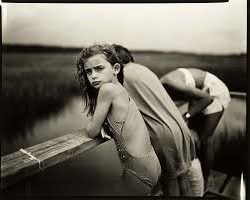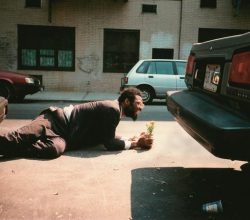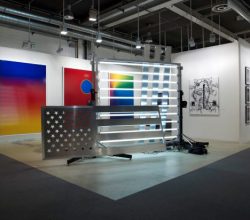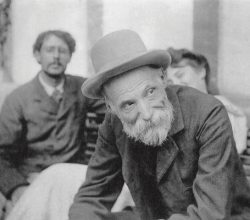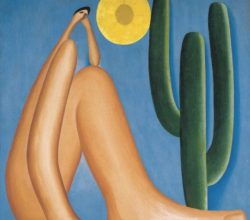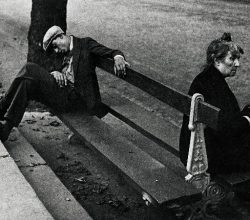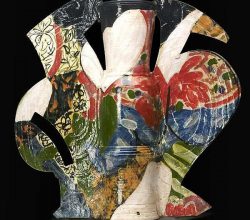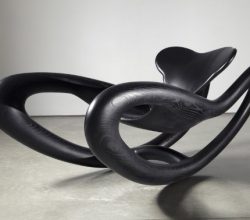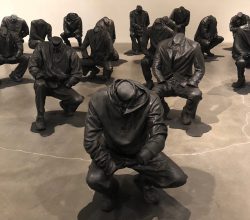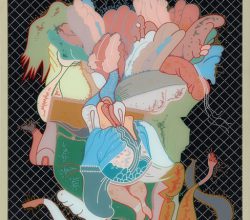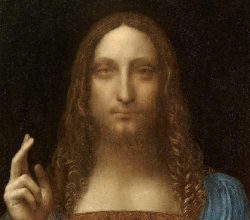
EASEL ESSAY: Now you’re over the sticker shock, what about the art?
Morgan Meis | The-Easel | 6th March 2018
The sale of da Vinci’s Salvator Mundi for over $US400m was an art world bombshell. Amidst the ensuing debate there was very little commentary about the work itself. Morgan Meis picks up that story.
“The central failing of Mona Lisa is that it presents mystery simply for the sake of mystery. Salvator Mundi, by contrast, is nothing but tension and great ideas. This is a work that tackles one of painting’s central dilemmas: How do you represent the unrepresentable? The painting that we now have before us is, I am arguing, more classically a Leonardo painting than the Mona Lisa. There is magic in the painting and there is mystery… This is not sfumato for the sake of sfumato. It’s sfumato at the service of the profound.”

